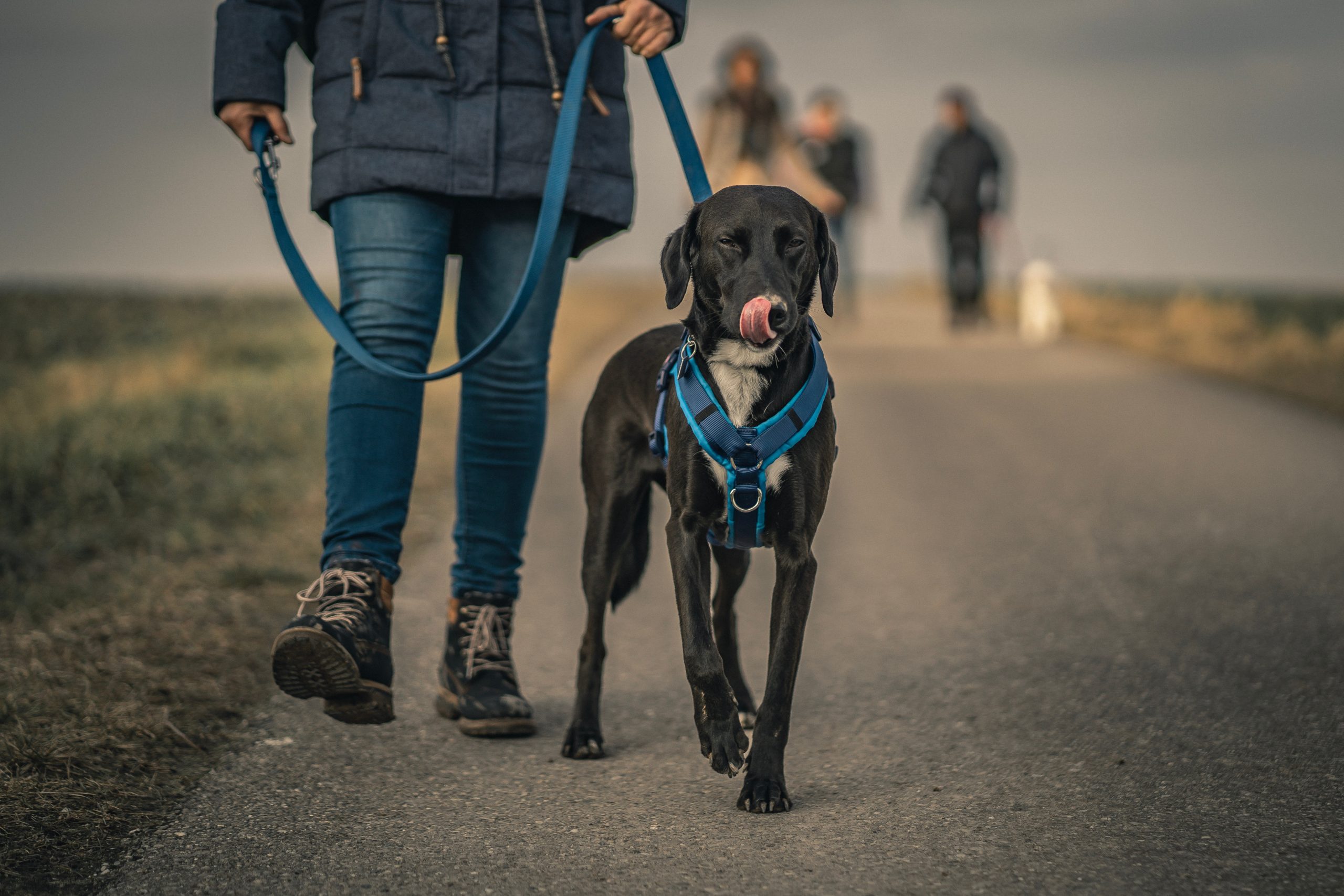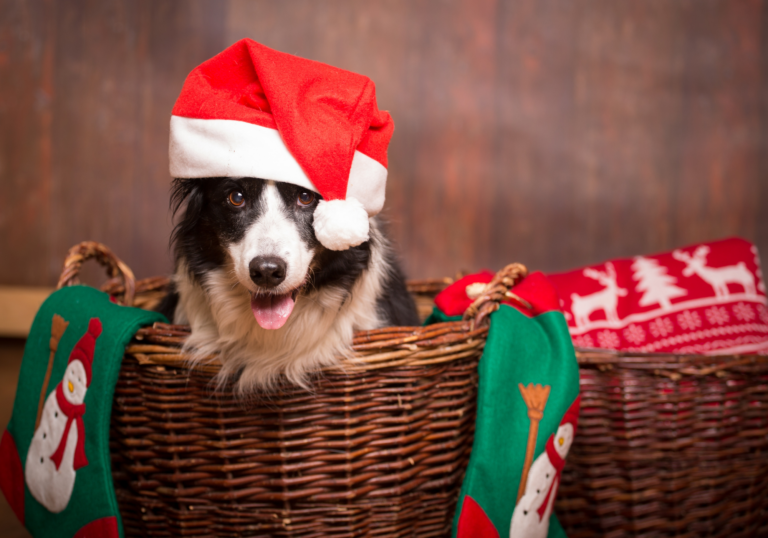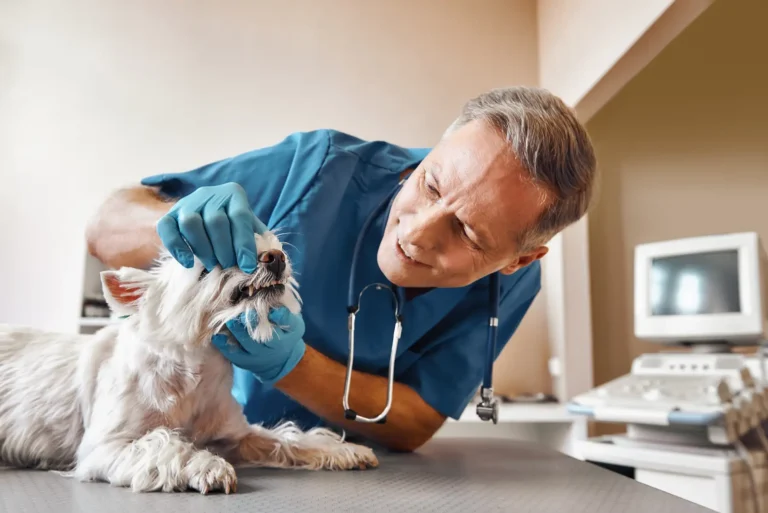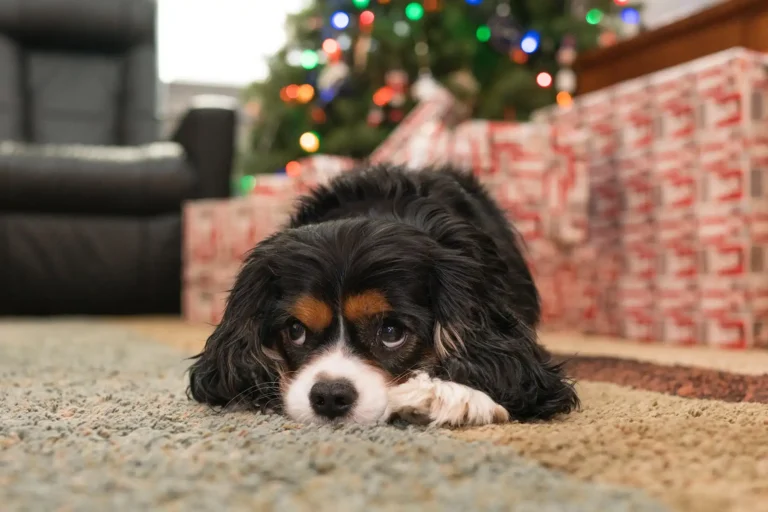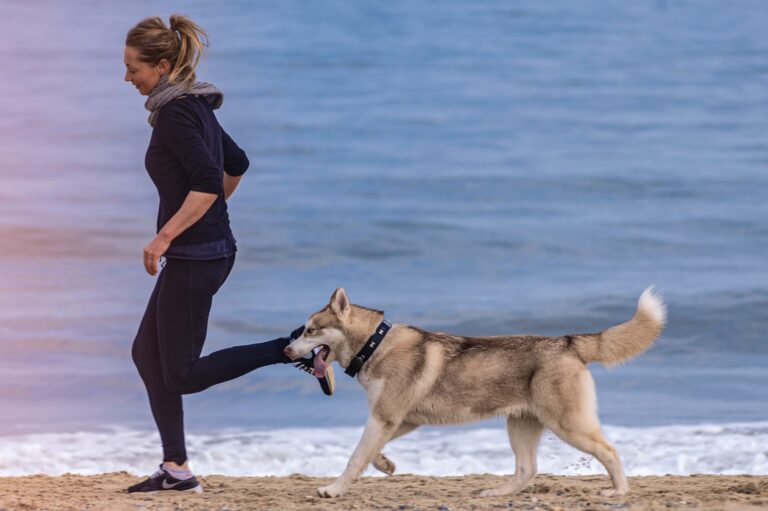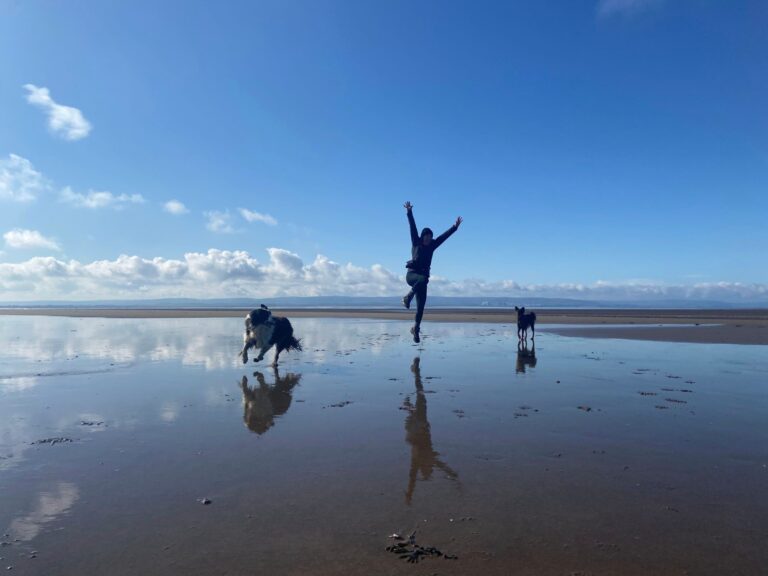Getting Your Over-Reactive Dog Ready for Training
“Over Reactive” behaviour is very common in dogs and is one of the main problem behaviours I see clients for.
An individual’s tendency to over react to a situation may be influenced by their genetics, their early social experiences, a negative experience (or multiple), their development phase (most notably, the onset or period of adolescence), their environment and health issues, including high levels of stress.
Dogs can over react at other dogs, people, sounds, traffic, wildlife or cats and exhibit behaviours such as barking, lunging, growling, snapping or biting.
These behaviours frequently serve the function of increasing distance between them and the trigger in order to maintain control and safety. However, they can also be an expression of frustration, which may be because the dog wants to get closer to the trigger. For example, when the lead prevents a dog running over to another dog, they may become frustrated and bark and lunge, as if trying to escape the lead.
Teaching a dog to be less reactive can be very challenging, as the environment they react in can be very difficult to control and avoiding triggers is not always possible. Here are some tips on how you can improve your dog’s over reactive behaviour.
Give your dog time to de-stress
When-ever your dog reacts, their body produces the short-term stress hormone, adrenalin. This quickly triggers the release of the long-term stress hormone, cortisol. The affects Cortisol has on the body can take longer to return to ‘baseline’ than they do to increase. This means that, with frequent reactions, your dog can get ‘stuck’ in a stressed state.
Adrenalin prepares the body for action, responsible for ‘the fight or flight’ response. Cortisol helps the body maintain these behaviours and dials down body functions that are considered less important than surviving in the moment. These include digestion, cell regeneration (healing) and the immune system response.
Problem solving and memory formation become impaired as the emotional centre of the brain stays predominantly active over the ‘rationale’ centre.
With this in mind, it’s crucial that dogs who are over reacting frequently, day in and out, are giving a period of time where their brain and body can recharge. Any training you wish to do with your dog may see limited success otherwise, as when stressed – the brain is not in an optimum place for learning.
You can help your dog de-stress by doing the following:
– Reducing/ Stopping their walks temporarily.
For some dogs, this may mean a short period without walks at all. A period of increased rest will reduce reactions to triggers outside and allow regeneration of the brain and body.
During this time you will need to provide ample mental stimulation opportunities, including foraging behaviours (treat searches), chewing, licking (Kongs, Lickimats) and training.
The training can be preparatory for the outside world, such as loose lead walking and recall. Use high value treats for these exercises, to promote higher motivation. Cooked meats work well, but add variety. You can chop up the Blue Pet Co Go Active or Go Shine Chewies into smaller pieces to use for training, or surprise your dog with one big Chewie!
– Increase Quality Rest.
You need to make the home a sanctuary, where your dog is not frequently disturbed by members of the household nor reacting out of windows, to sounds or in the garden.
Provide multiple sleeping options, including away from frequent footfall areas and noisy parts of the home. Consider blocking the view out of windows with privacy film on the glass, or drawing the curtains/blinds. If your dog reacts to sounds, play background sound, such as brown noise and meditation music to help them switch off from listing out for noises. If your dog barks when in the garden, taking them out into the garden on lead to prevent barking can help. Also teach them that the garden is associated with alternative behaviours, such as foraging for treats or calm training.
– Reduce Exposure to Triggers
When you reintroduce walks, these should be in quiet areas where your dog can learn to switch off from anticipating triggers and enjoy the walk itself. This may mean driving to a quiet walk location. If you do not drive, consider asking friends and family for help, or plan a walking route and time that significantly reduces your dog’s change of over-reacting.
– The Perfect Walk
You should aim for a walking location or route where your dog can calmly mooch and sniff, without getting over excited by wildlife or training games. Slow, fluid movement can be promoted by using a longline, if safe to do so, allowing your dog to trot or amble from sniff to sniff. If you are walking your dog on the roadside, then using equipment that promotes sniffing (a body harness and 1.5-2 metre lead) is advisable.
If your dog pulls on the lead, this will elevate their arousal and promote over reactive behaviour. Try and find a walk location where your dog is less likely to pull, or they are able to respond to loose-lead training.
If you feel at a loss on how to train loose-lead, or you are worried about using a long-line, seek help from a qualified professional. The ABTC register has a directory of assessed and qualified professionals.
When your dog is calmer and more responsive (to you) on their walks and they are able to switch off and recharge at home- you are ready to start working with over reactive behaviour. We will cover that in my next blog!
Disclaimer
Please do ensure your dog has had a full health check prior to addressing over reactive behaviour. Up to 80% of dogs with behaviour problems are thought to be experiencing health problems, so it’s paramount a veterinarian rule these out. We generally advise a full MOT, which includes a physical and observational assessment of your dog’s gait, a faecal screen and routine blood test.
